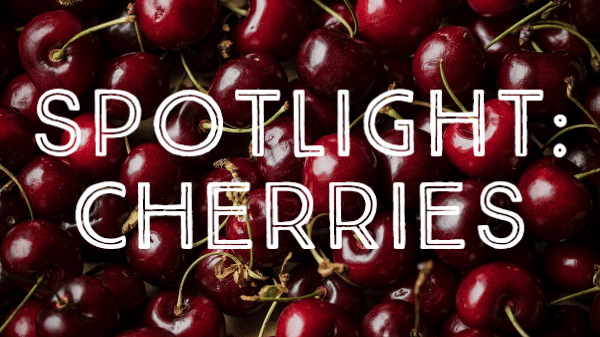Recent years have brought a number of challenges to cherry growers in California. A near-record 9.5 million boxes were produced in 2017, while 2018 was down to 4 million boxes due to a freeze during bloom.
Water is often a scarce commodity, but in 2019 there was too much of a good thing at precisely the wrong time. The season was marred by record rains in May, which diminished the harvest to 5.25 million boxes, about half of the year’s original forecast. There were also temperature fluctuations affecting dormancy.
“In California, we don’t always have enough chill hours and dormancy to begin with,” says Craig Campbell, CEO of CDS Distributing, Inc. BB #:113987 in South San Francisco, CA, who cites recent warming trends as a contributing factor.
Tule fog, the thick fog that hovers at ground level during the rainy, cool winter months in the Central Valley, may also be a culprit. There is, however, little disagreement on last season’s biggest challenge: rain.
“The rain in late May last year took out almost half the crop,” Campbell says.
A grower-shipper near Lodi agrees, citing significant quality issues, though what was harvested was good. Because this grower typically exports a high percentage of production, the company was still able to command premium prices.
This is due in part to technology. Today’s high-speed optical scanners allowed growers to salvage as much of the crop as possible. Camera resolution is continually improving, with some machines running up to six defect pattern recognition programs while simultaneously sorting by color.
Variety News
California cherries are the first of the season, starting in April with the Brooks variety, which tolerates the warmer climate in Bakersfield.
“We’re always in search of low chill varieties to grow in the South,” Campbell says. “Brooks are the earliest with harvest in mid-April.”
Coral Champagne are available shortly after Brooks, with harvest in mid- to late May. These cherries are described as sweet with low acidity like Bings but have larger fruit and better yields.
Late May through late June, Bings are available in the coastal areas of Hollister and Gilroy, while the Northern Central Valley—Stockton, Lodi, and Linden—is harvesting Garnet, Coral, Chelan, and Bings.
When it comes to organics, only around 2 percent of California’s cherries fall into the category. With so many of the state’s cherries destined for distant customers, the fruit needs to have a longer shelf life than many organics usually provide.
In the past, organic growers could command premium prices and were successful even with lower yields. Today, however, high yields are necessary even for organic growers and this is harder to do organically.
“There’s a limited market for cherries that are $5 to $6 per pound,” contends Campbell. “Organic cherries are not as profitable as they once were; the margins have narrowed.”
This is a multi-part feature adapted from the Cherries Spotlight of the March/April 2020 issue of Produce Blueprints.



